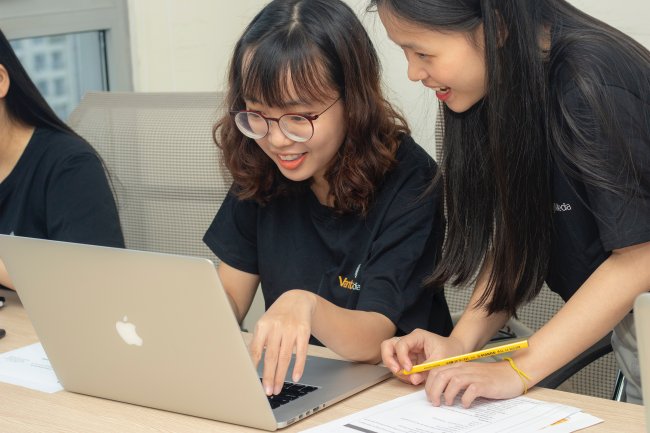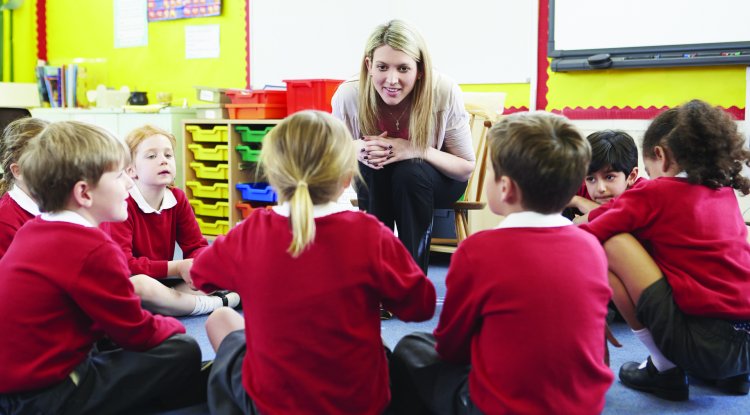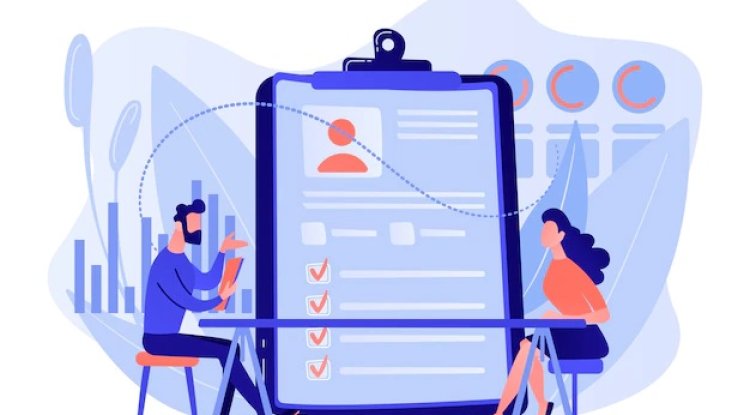Tips for Educators
Why You Should Incorporate Peer Tutoring In Your Classroom
- Apr 12, 2022
- 0
- 1889

Imagine an experiment where a teacher clubs a top-ranking student in the classroom with five different students whose academic abilities range from excellent to above-average, average and below-average. Here, all five students are expected to work on their assignments and study for tests as a group.
According to the concept of peer tutoring, the grades of the below-average and average students will improve, while the above-average students are expected to show signs of coming closer to the top ranking students. Meanwhile, the top-ranking students will become more empathetic and their behavioural skills will change for the better.
A very similar 12-week experiment was conducted with children from a primary school. And guess what? It had similar findings - students exhibited positive social behaviour and increased academic prowess once they engaged in peer tutoring. In this article, we’re going to break down the concept of peer tutoring and discuss various methods you can use to adopt it in your classroom.
What Exactly is Peer Tutoring?
Peer tutoring is a teaching approach where students are asked to tutor their classmates. There are many different ways to pair students, and you will need to consider factors such as ability level, skills mastered and age. Typically, low-performing students are paired with high-performing students. Since students tend to be more involved during peer tutoring, they are able to retain more information, thus scoring better grades.
Building the Structural Educational Process of Peer Tutoring
When two students are linked together in a class to study together, a structure of learning is created between them. Here, one student plays the role of the tutor, while the other plays the student.
Now, how does the student partnership work? How does a normal classroom environment facilitate this linkage between students with different skill sets? Here are four methods that can answer these questions for you -
1. Class-Wide Peer Tutoring
Like the above-mentioned experiment, here students are clubbed into a group of five. Each student in the group has a different ability level. This tutoring method is especially effective when an assessment is approaching because students can get various perspectives on difficult topics.
2. Cross-Age Peer Tutoring
Here, students across ages are clubbed together. For example, a student in high school will be paired with a student in primary school. This allows the younger student to grow academically and socially. At the same time, the older student will develop traits like patience and empathy.

3. Peer-Assisted Learning Strategies
In this method, students with the same abilities are paired together. They discuss their strengths and weaknesses to come up with a game-plan where one student teaches topics the other one struggles with and vice-versa. For example, think of a situation where both students have great memory, but one might be bad at learning new words, while the other might jumble up addition and subtraction in math. With peer tutoring, both students will be able to learn from each other and understand how the other remembers certain things.
4. Reciprocal Peer Tutoring (RPT)
Here, two or more students alternate between acting as the tutor and tutee during each session. In this method, students are expected to encourage, monitor and evaluate each other while learning.
A Worthy Teaching Method
Although peer tutoring is an unconventional approach to education, it uncovers a wide range of benefits for both the tutor and tutee. It is classroom-friendly, interactive, inclusive and helps bridge learning gaps between students. However, it is important for schools to provide basic training to their tutors to ensure the right information is being passed down.
Add Comment
Related Blogs

Tips for Educators
5 Ways To Boost Your Students’ Active Listening Skills Online
- Nikita Ann...
- Dec 15, 2021
- 0
- 1498
Popular Blogs

Tips for Educators
3 Tips To Apply Classical Conditioning In Classrooms
- Natasha Di...
- Apr 25, 2022
- 0
- 21511

Understanding Concepts
4 Reasons Why Skill-Based Learning Is Important For Students
- James Coop...
- Mar 14, 2022
- 0
- 10997

For Parents
Everything You Need To Know About STEAM Education As A Parent
- James Coop...
- Mar 1, 2022
- 0
- 10784












